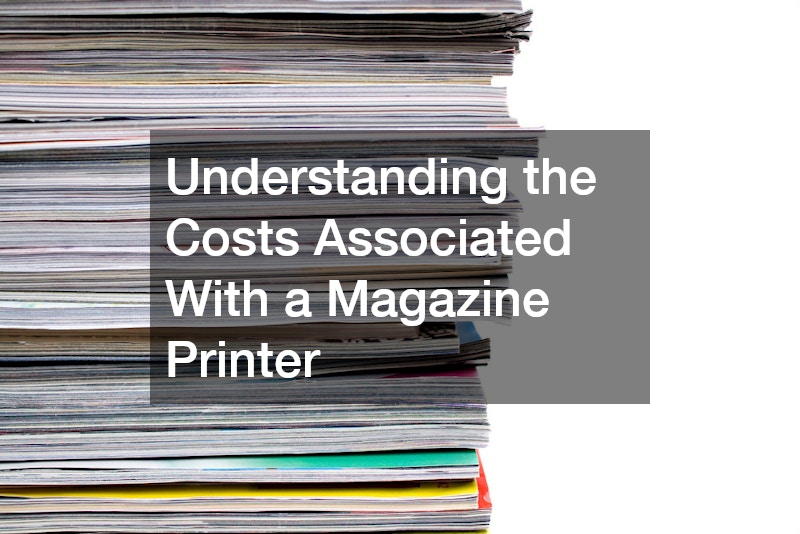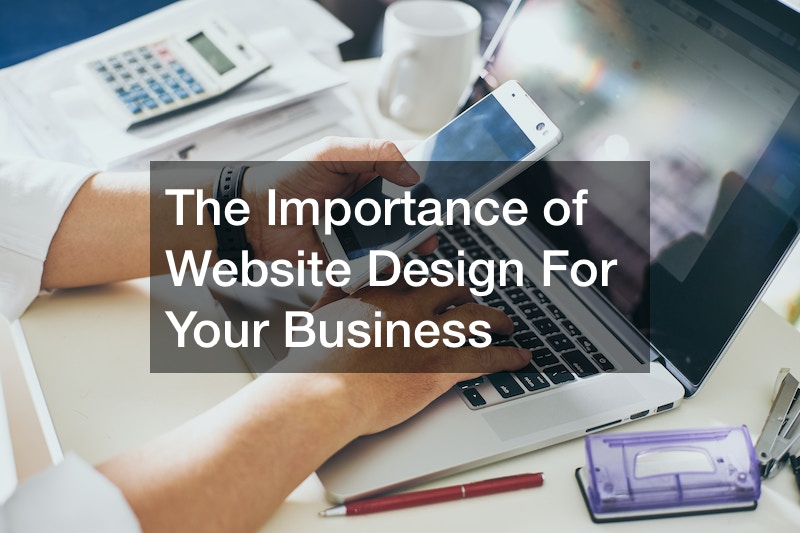Understanding the costs associated with magazine printing involves several key factors, each impacting the overall budget. Firstly, the final trim size of the magazine, which refers to the dimensions after binding, must be clearly communicated to the printer. This size, measured in width and height, affects production costs and should not be confused with the dimensions of graphic files.
Page count is another critical element. Miscommunication often arises when page count is misunderstood; it includes both sides of each sheet of paper, not just individual pages.
Clarifying this with the magazine printer ensures accurate bids and prevents costly mistakes.
Paper choice influences cost significantly. Paper is categorized by weight, grade, and stock. Weights range from lightweight options like 38 lb to heavier choices up to 100 lb. Ask your magazine printer for all the specifications.
Quantity impacts the cost, with larger runs generally lowering per-unit costs. Binding style, including saddle stitch, perfect binding, coil binding, or case binding, varies in price depending on the complexity and durability required. Shipping considerations, including delivery specifics and packaging, also affect the final price.
For cost-effective printing, consider options like adjusting page counts to multiples of 16, requesting paper samples for comparison, investing in high-quality covers while potentially downgrading interior paper, and choosing cost-efficient trim sizes such as 5 3/8 x 8 3/8 or 9 x 10 7/8.





